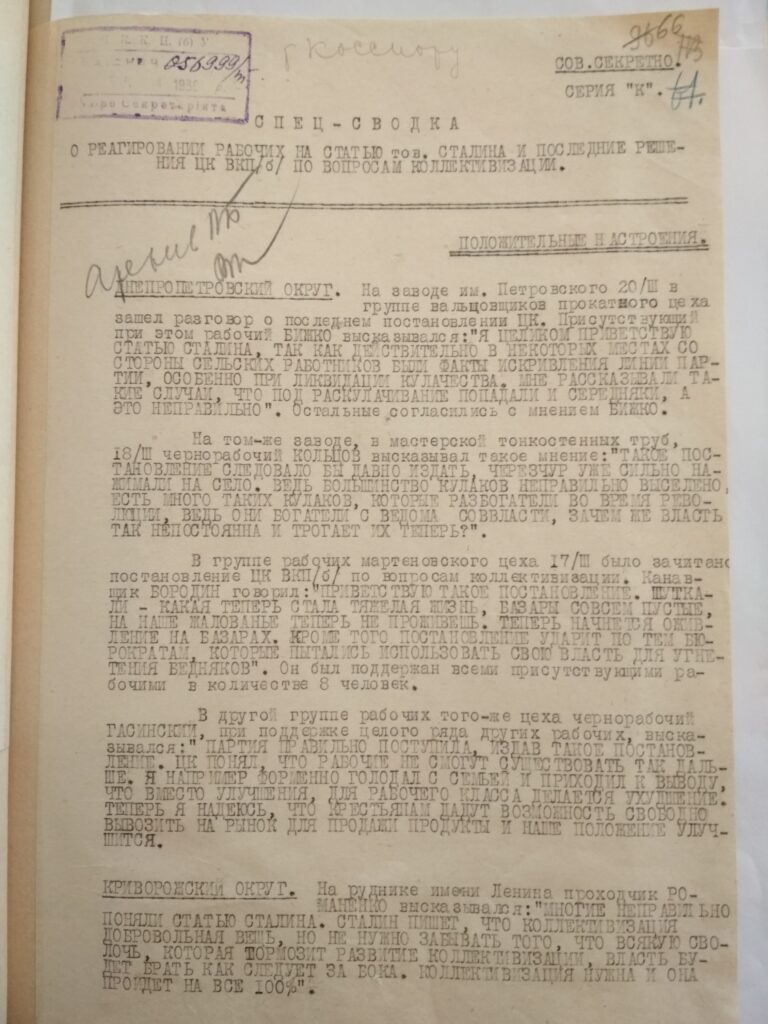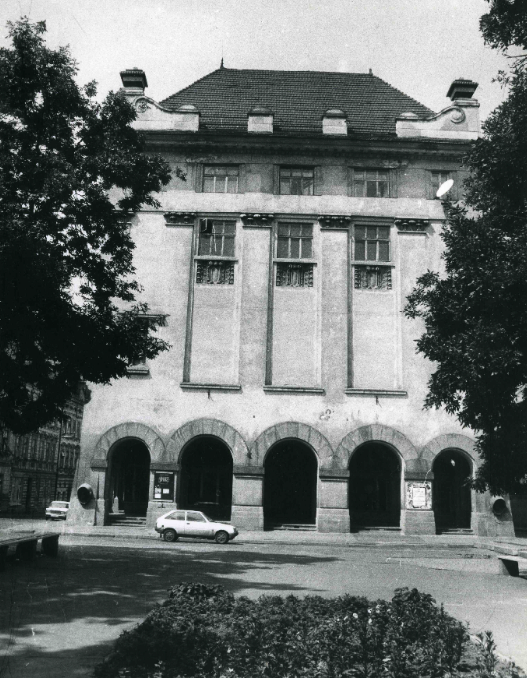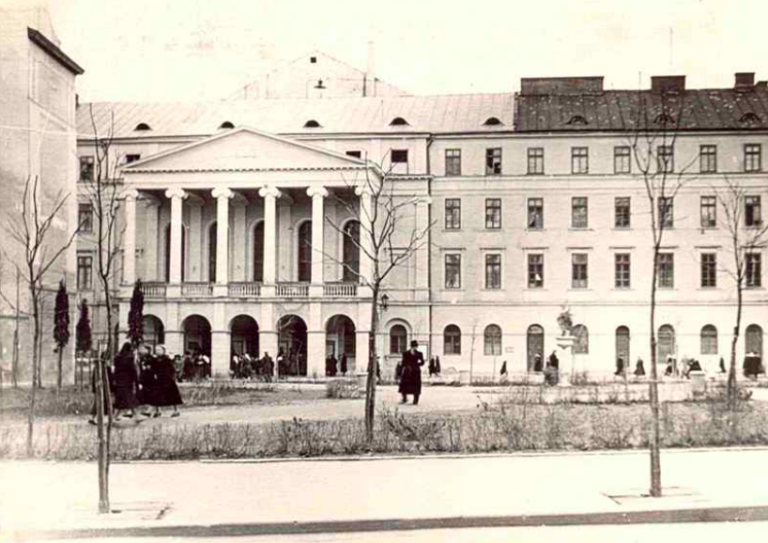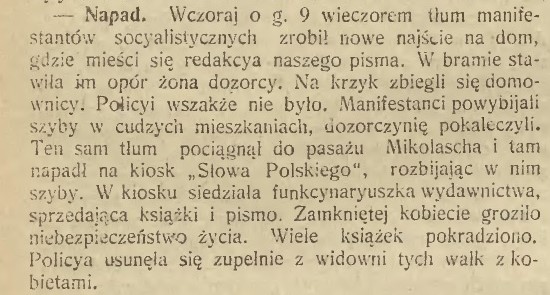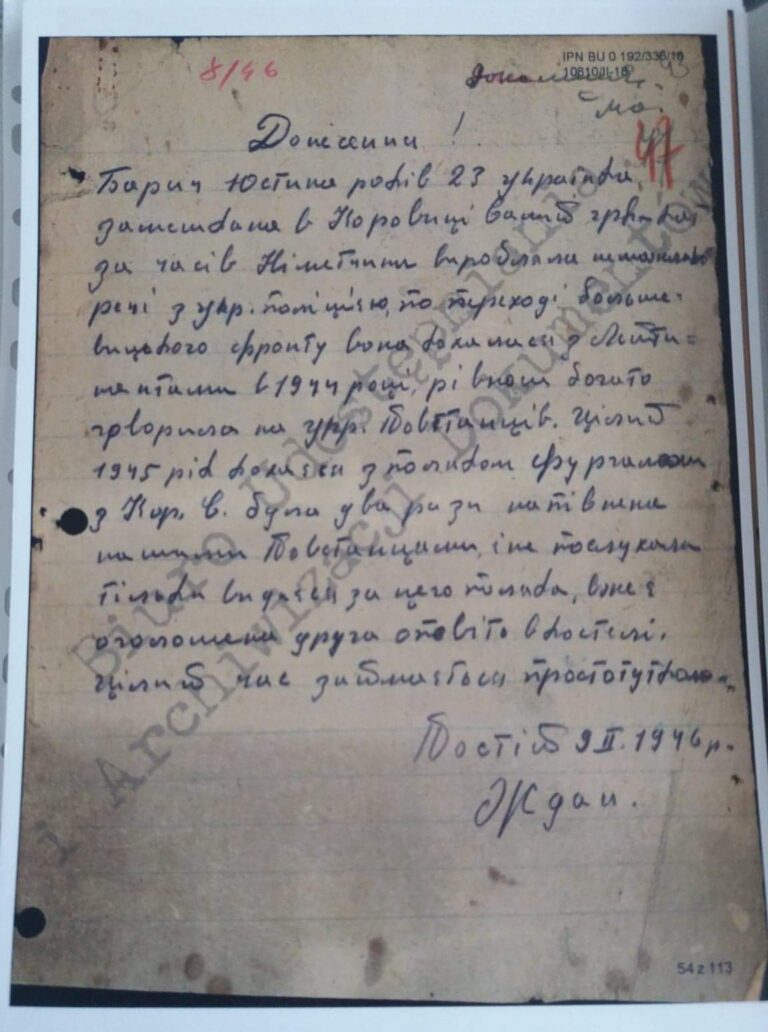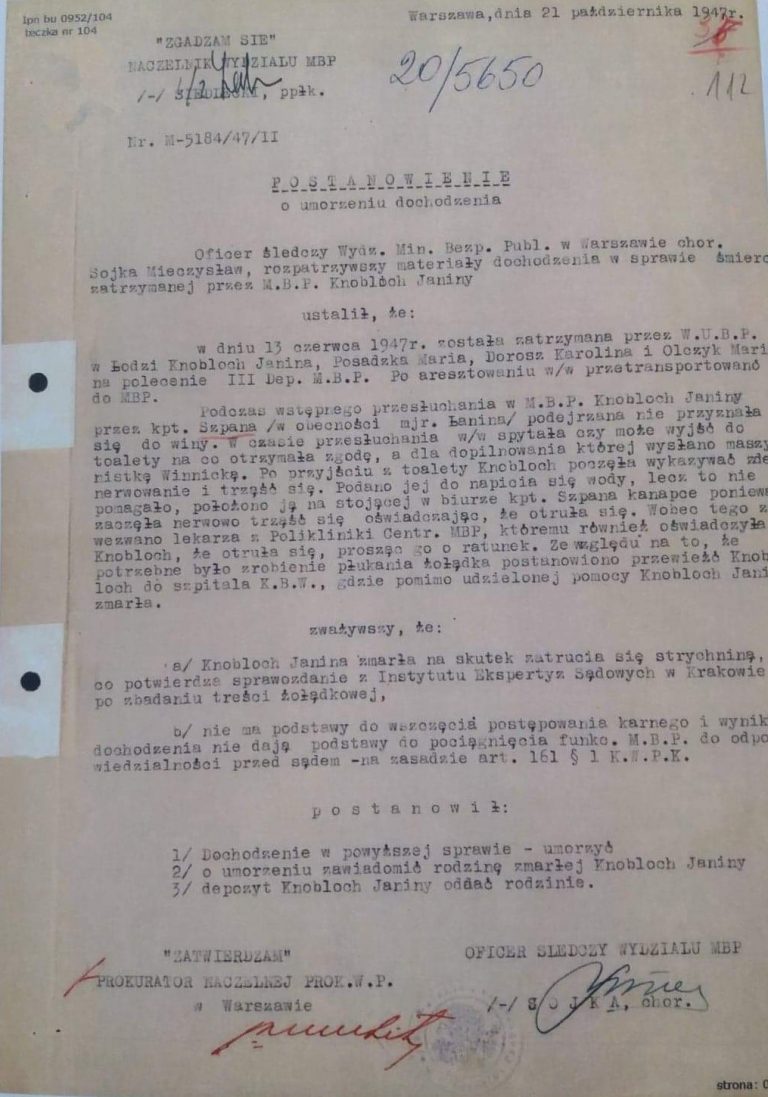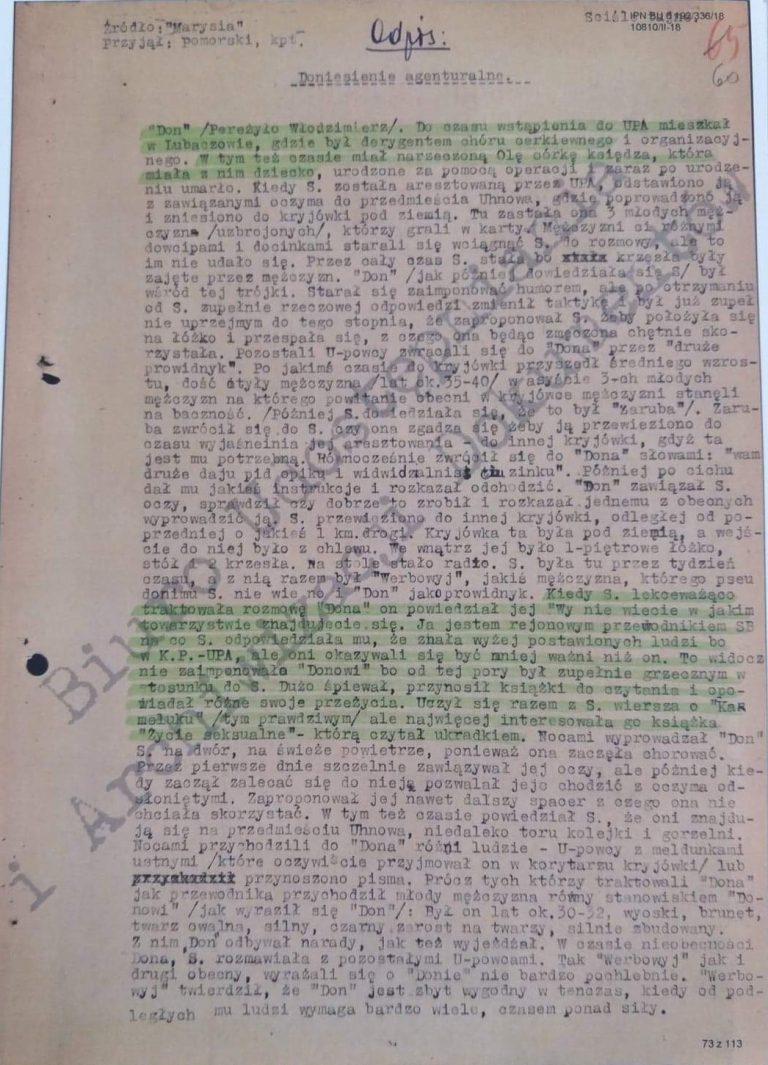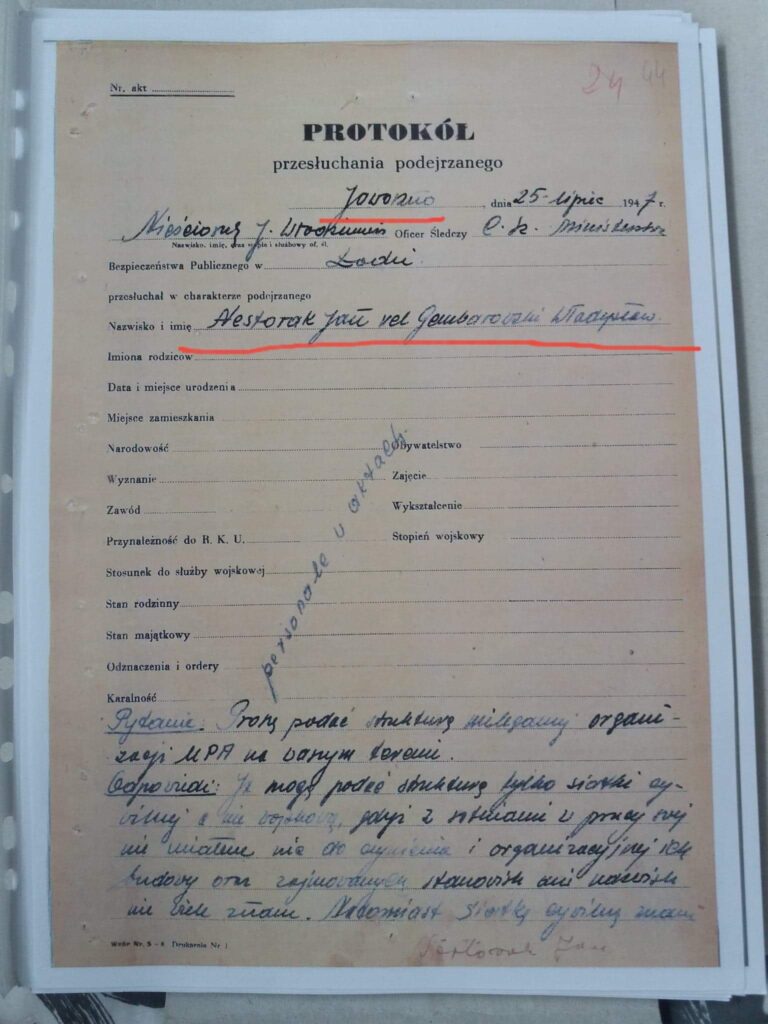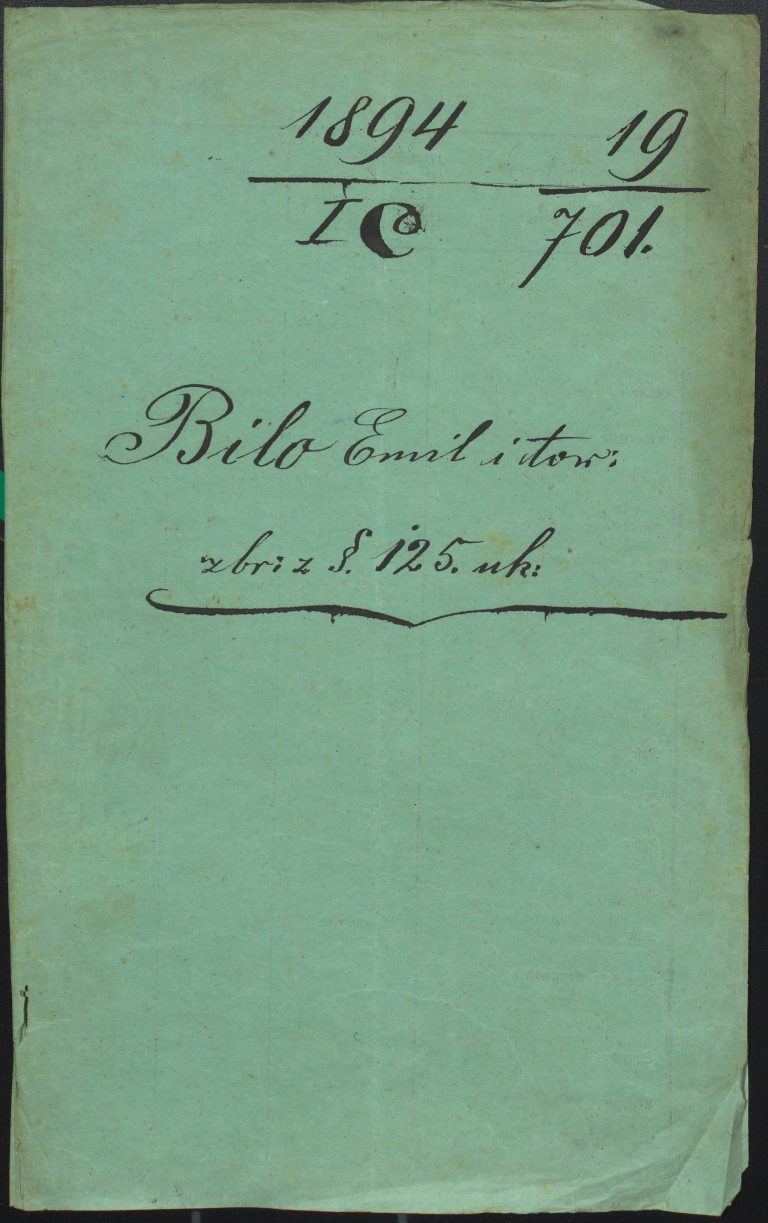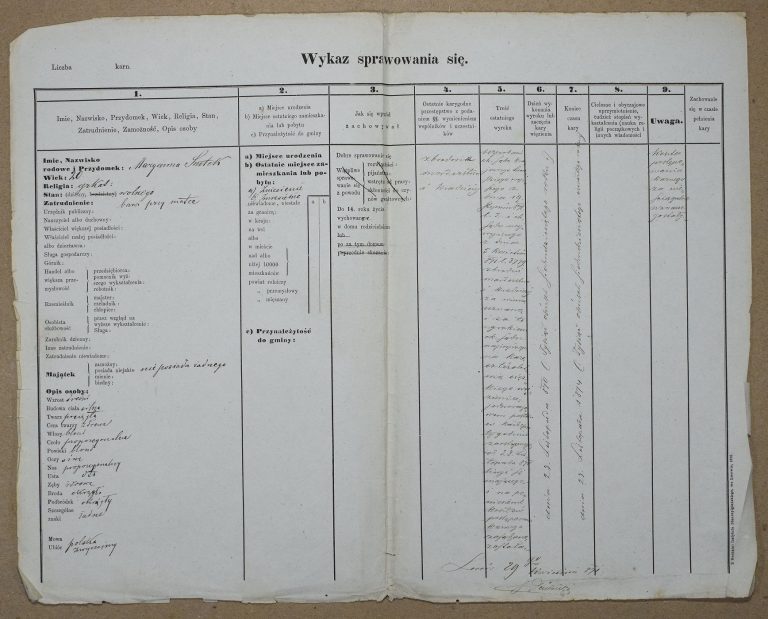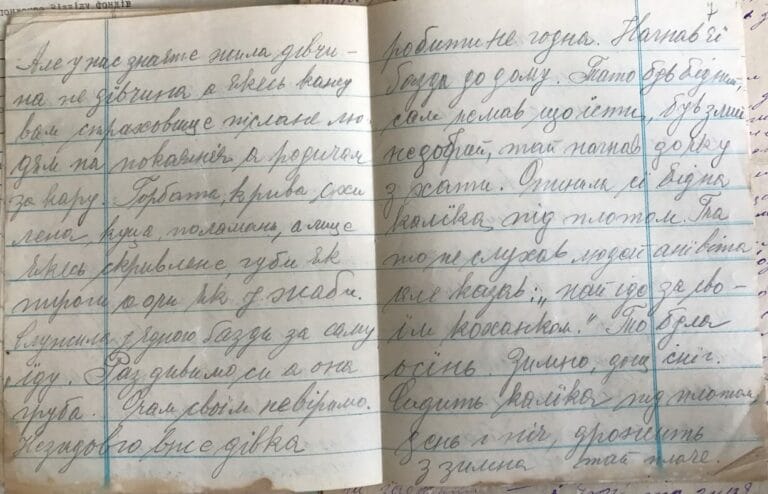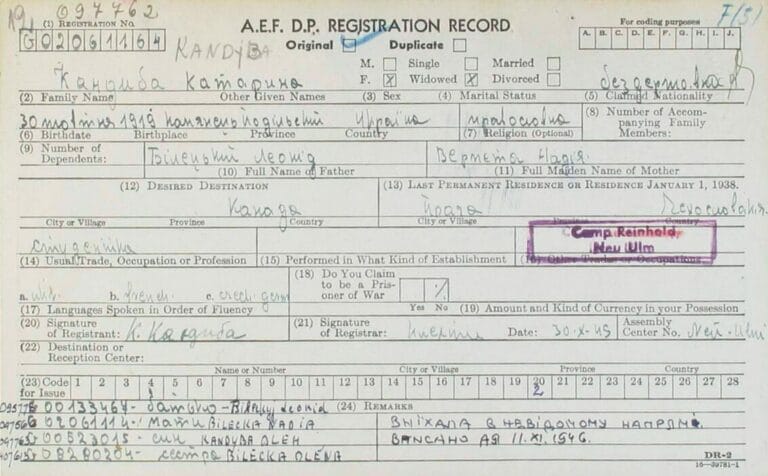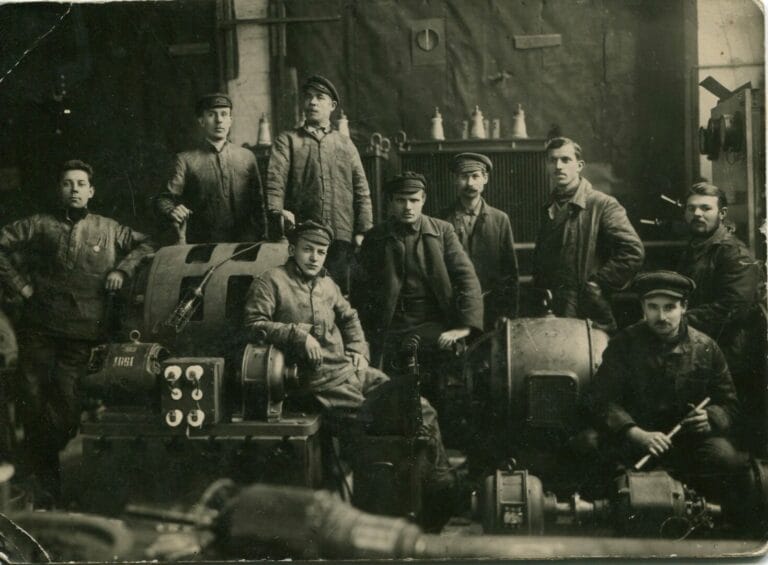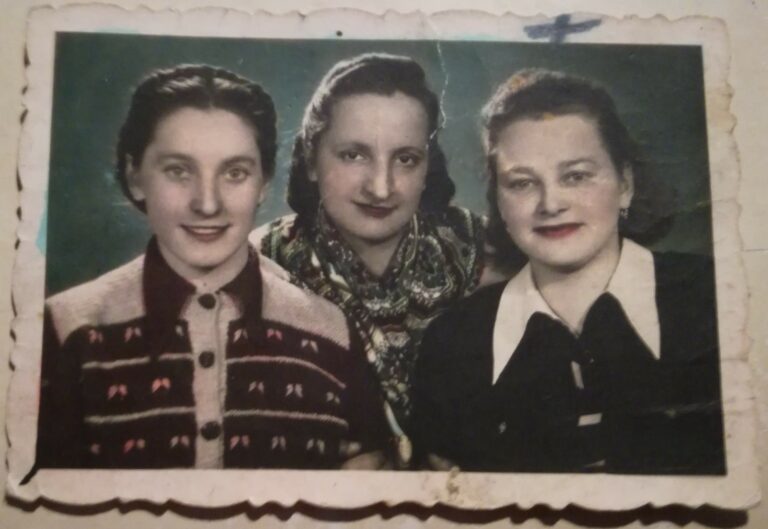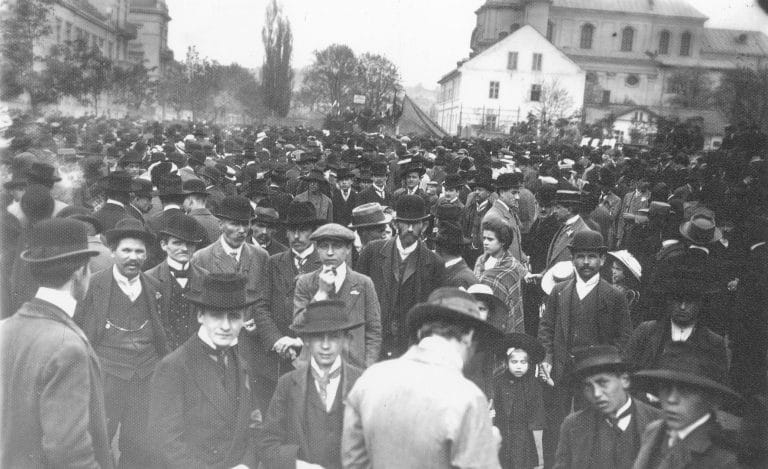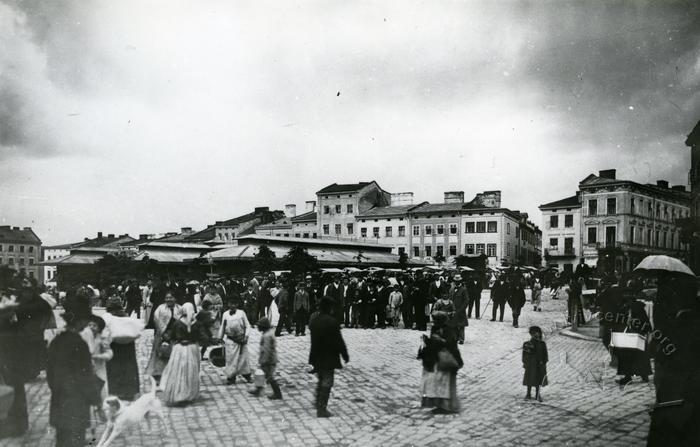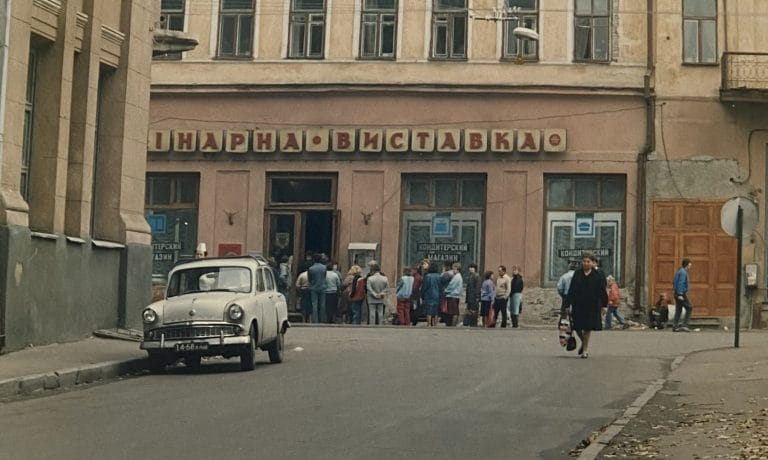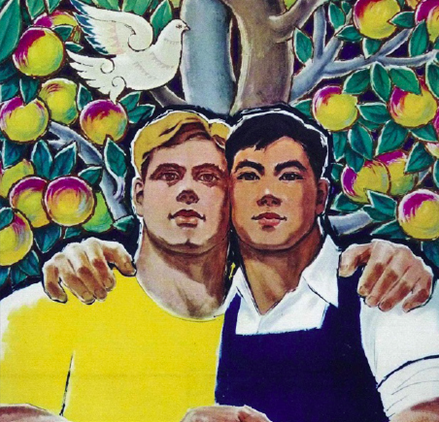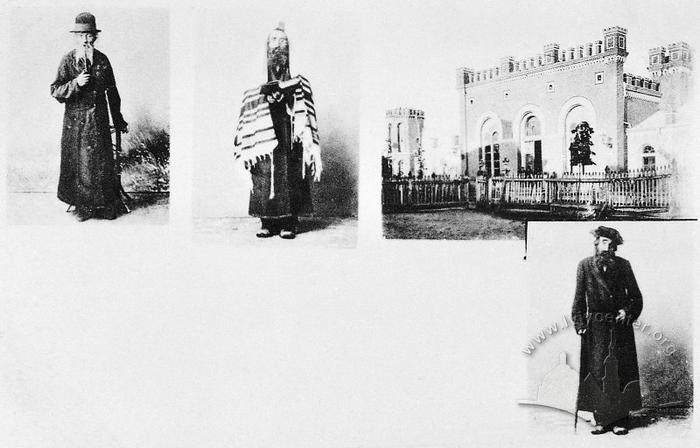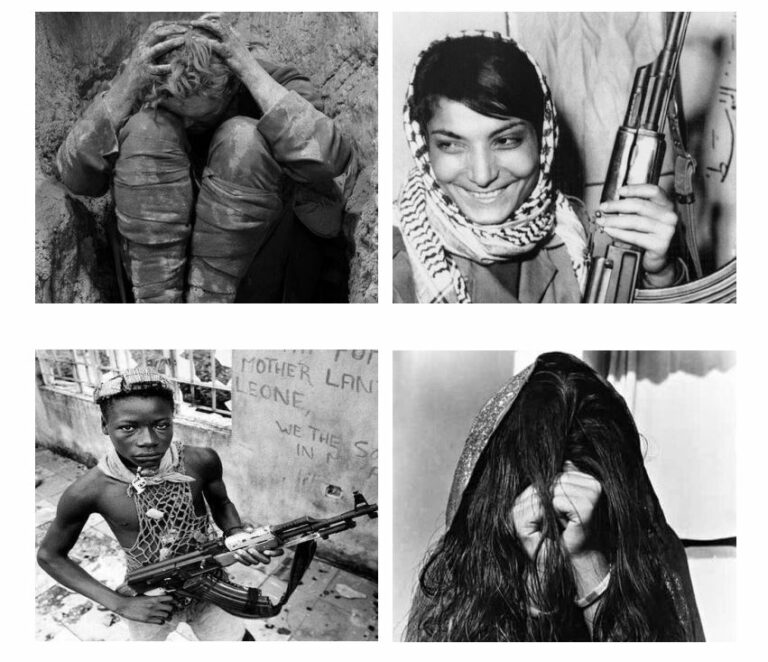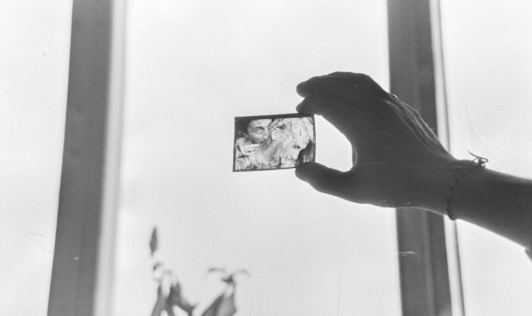Violence
Human violence is one of the most critical historical issues and is often related to complex political, ecological, or social circumstances. Today there is a need for research on violence, its purpose and effects, within various fields, including history. The research focus of this theme aims to go beyond the subject of organized state violence or mass violence, and therefore we are currently looking to collect historical materials about the forms of violence encountered in daily life, societies, media, and culture. We focus not only on perpetrators but also on bystanders and victims, and propose narratives about murders and trauma cultures, cases of torture, or recoveries. The Educational Platform offers modules and historical sources dedicated to the origins of violent experiences throughout East-Central European history. We hope that history can help to shed light on the roots of contemporary violence by examining the connections between the past and the present, and considering the array of social values and experiences surrounding both structural violence and individual acts of violence.
Primary Sources



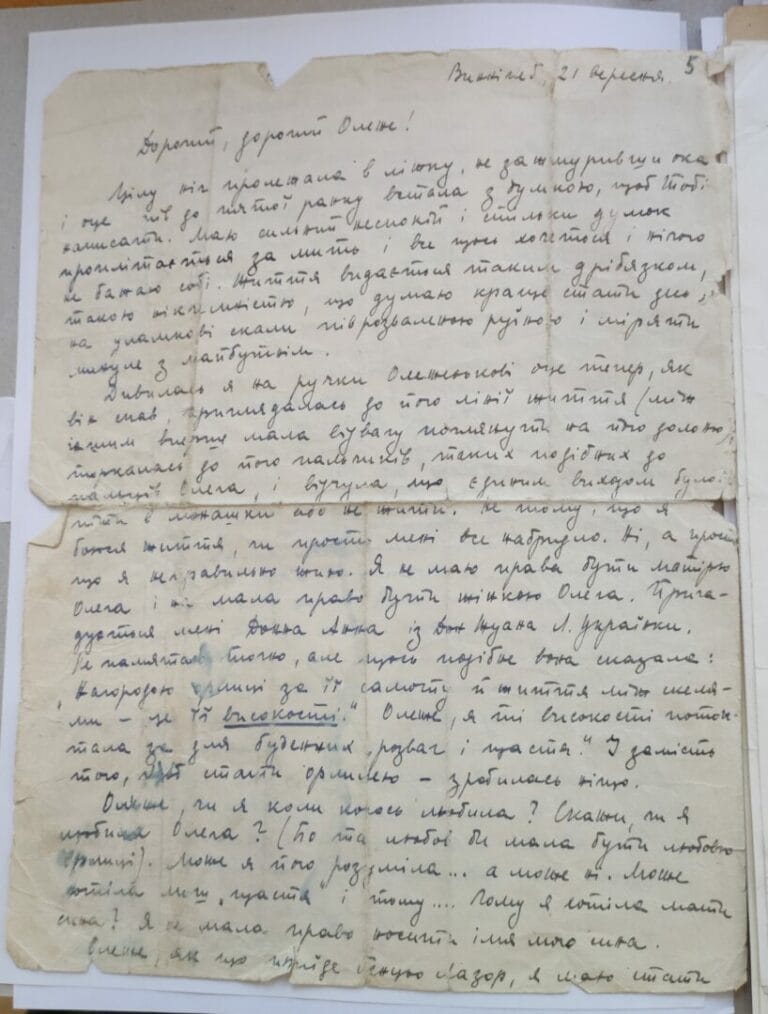
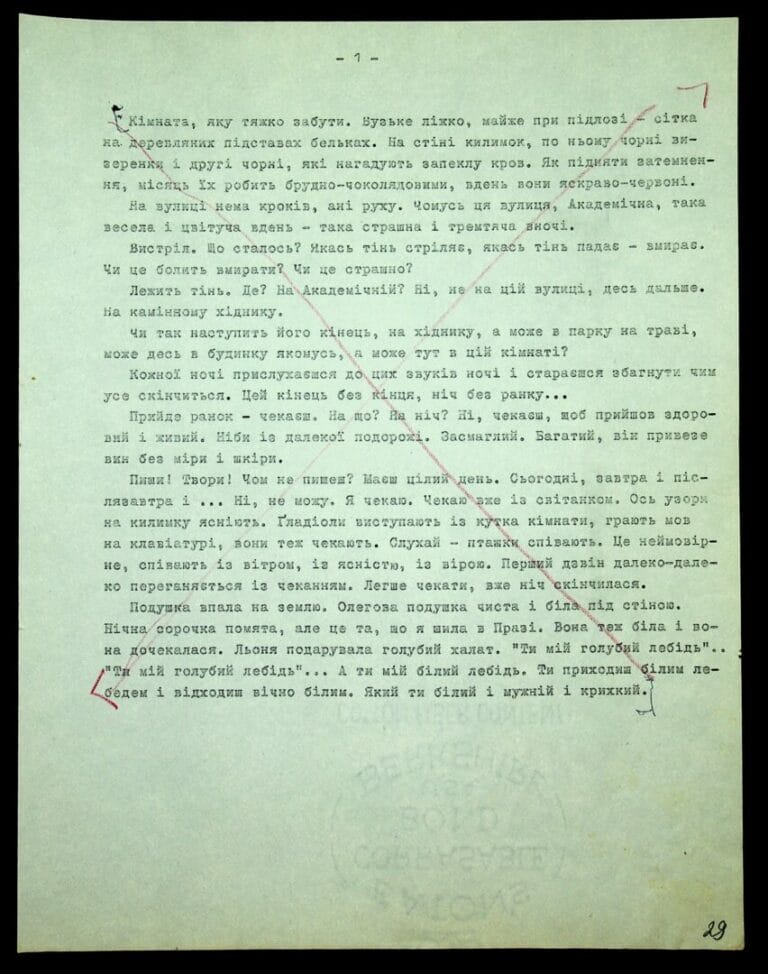

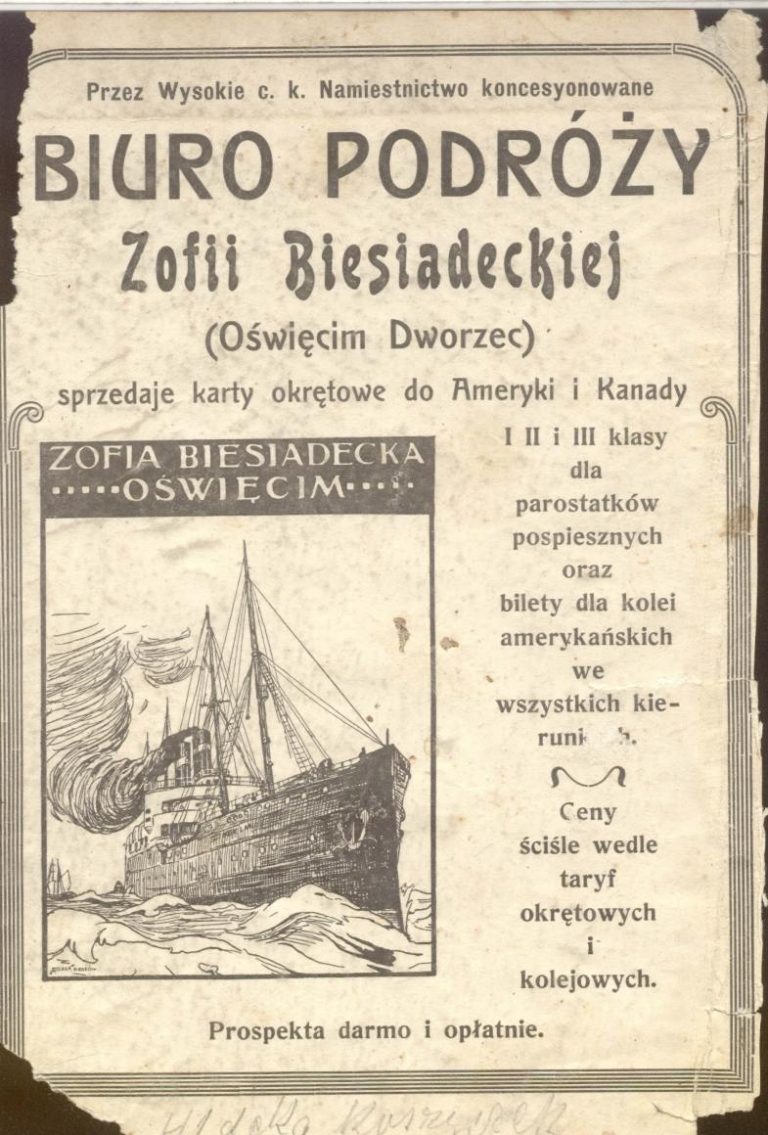
![Image for The Morality of Mrs. Dulska, 2013 TV Movie [Moralność pani Dulskiej]](https://edu.lvivcenter.org/wp-content/uploads/2022/10/moralnosc-pani-768x508.jpg)




